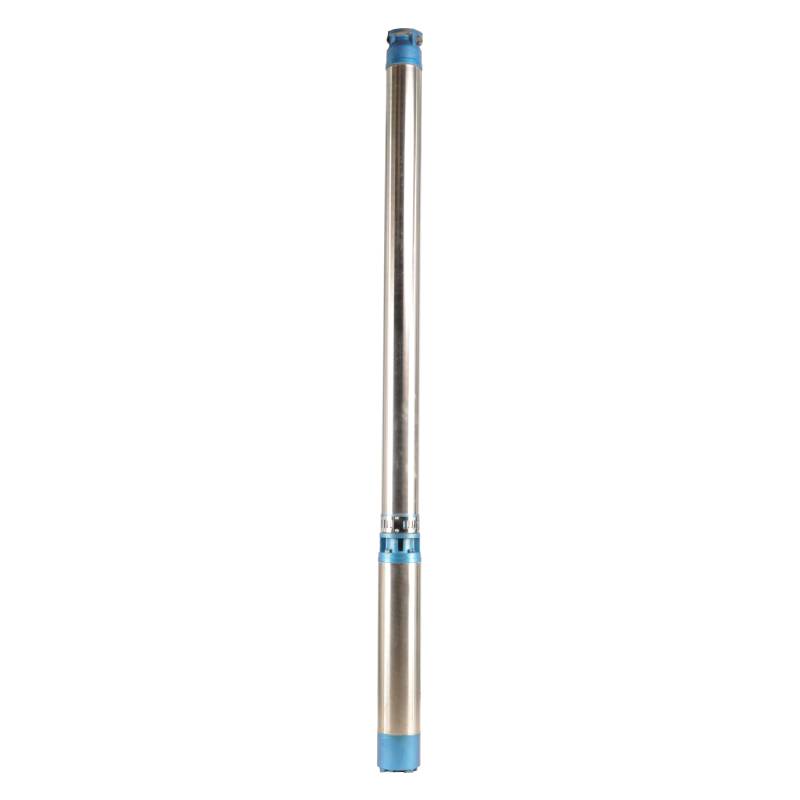Jul . 30, 2024 04:47 Back to list
Efficient Submersible Pumps for Safe and Reliable Fluid Transfer in Various Applications
Understanding Submersible Transfer Pumps An Overview
Submersible transfer pumps are essential tools used in various industries for efficient fluid transfer. These pumps are designed to be submerged in the liquid they are pumping, allowing them to operate without needing additional priming or suction. This unique design offers several advantages, making them indispensable in applications such as water management, construction, agriculture, and wastewater treatment.
How Submersible Transfer Pumps Work
A submersible transfer pump typically consists of a motor and a water-tight pump body. The motor is sealed to prevent it from coming into contact with the liquid while submerged. When the pump is activated, the motor drives an impeller, which pushes the liquid through the pump and into an outlet. The hydraulic design is engineered to ensure that the pump can efficiently handle a variety of fluids, including water, sludge, and even chemicals, depending on their construction and materials.
Key Advantages
1. Self-Priming One of the most significant benefits of submersible pumps is their self-priming capability. Because they are submerged, they do not require external suction, making them ideal for wells, ponds, and basements where water levels can fluctuate.
2. High Efficiency Submersible pumps are typically more energy-efficient than their surface counterparts, as they directly push fluid to the surface rather than drawing it up.
3. Space-Saving Design These pumps are compact and can be placed directly in the fluid source. This space-saving aspect is crucial in environments with limited installation space.
4. Reduced Noise Levels Since the pump is submerged in fluid, noise generated during operation is significantly reduced, making them suitable for residential areas.
5. Versatility Submersible transfer pumps can handle various liquids, from clean water to more viscous fluids, which increases their applicability across multiple sectors.
Applications
submersible transfer pump

1. Water Removal Submersible pumps are routinely used for dewatering in construction sites, flooded basements, or other areas where water needs to be removed efficiently.
2. Irrigation In agriculture, submersible pumps are employed to extract groundwater for irrigation, ensuring crops receive a consistent and reliable water supply.
3. Wastewater Treatment These pumps play a pivotal role in transporting wastewater from collection points to treatment facilities, thus facilitating effective waste management.
4. Industrial Processes Many manufacturing processes require the movement of fluids, and submersible pumps provide an effective solution in industrial applications, including chemical processing and food production.
5. Aquaculture Submersible pumps are also used in aquaculture systems to circulate and aerate water, promoting healthy environments for fish and other aquatic life.
Considerations When Choosing a Submersible Pump
When selecting a submersible transfer pump, it's essential to consider several factors
- Flow Rate Determine the required flow rate for your application to ensure the pump can handle your needs. - Head Height Assess the vertical distance the pump must lift the liquid, as this will influence size and power. - Material Compatibility Ensure the materials used in the pump construction can withstand the type of fluid being pumped, especially in corrosive environments. - Power Supply Check the available power sources, as submersible pumps can be electric or hydraulic.
Conclusion
Submersible transfer pumps are a vital component in various sectors, providing efficient, reliable, and quiet operation for fluid transfer tasks. Their ability to function under water, combined with their versatility and efficiency, makes them ideal for many applications. Understanding the specific requirements for each use case can help in selecting the right pump for optimal performance. As technology advances, these pumps continue to evolve, further enhancing their efficiency and effectiveness in fluid management solutions.
-
Submersible Water Pump: The Efficient 'Power Pioneer' of the Underwater World
NewsJul.01,2025
-
Submersible Pond Pump: The Hidden Guardian of Water Landscape Ecology
NewsJul.01,2025
-
Stainless Well Pump: A Reliable and Durable Pumping Main Force
NewsJul.01,2025
-
Stainless Steel Submersible Pump: An Efficient and Versatile Tool for Underwater Operations
NewsJul.01,2025
-
Deep Well Submersible Pump: An Efficient 'Sucker' of Groundwater Sources
NewsJul.01,2025
-
Deep Water Well Pump: An Efficient 'Sucker' of Groundwater Sources
NewsJul.01,2025
-
 Submersible Water Pump: The Efficient 'Power Pioneer' of the Underwater WorldIn the field of hydraulic equipment, the Submersible Water Pump has become the core equipment for underwater operations and water resource transportation due to its unique design and excellent performance.Detail
Submersible Water Pump: The Efficient 'Power Pioneer' of the Underwater WorldIn the field of hydraulic equipment, the Submersible Water Pump has become the core equipment for underwater operations and water resource transportation due to its unique design and excellent performance.Detail -
 Submersible Pond Pump: The Hidden Guardian of Water Landscape EcologyIn courtyard landscapes, ecological ponds, and even small-scale water conservancy projects, there is a silent yet indispensable equipment - the Submersible Pond Pump.Detail
Submersible Pond Pump: The Hidden Guardian of Water Landscape EcologyIn courtyard landscapes, ecological ponds, and even small-scale water conservancy projects, there is a silent yet indispensable equipment - the Submersible Pond Pump.Detail -
 Stainless Well Pump: A Reliable and Durable Pumping Main ForceIn the field of water resource transportation, Stainless Well Pump has become the core equipment for various pumping scenarios with its excellent performance and reliable quality.Detail
Stainless Well Pump: A Reliable and Durable Pumping Main ForceIn the field of water resource transportation, Stainless Well Pump has become the core equipment for various pumping scenarios with its excellent performance and reliable quality.Detail
